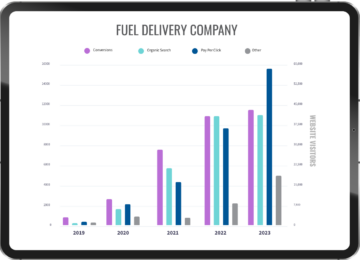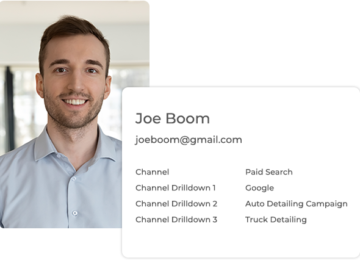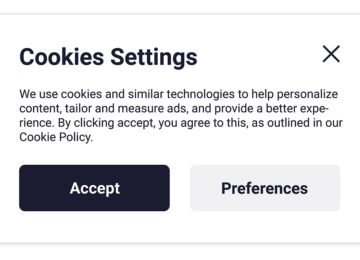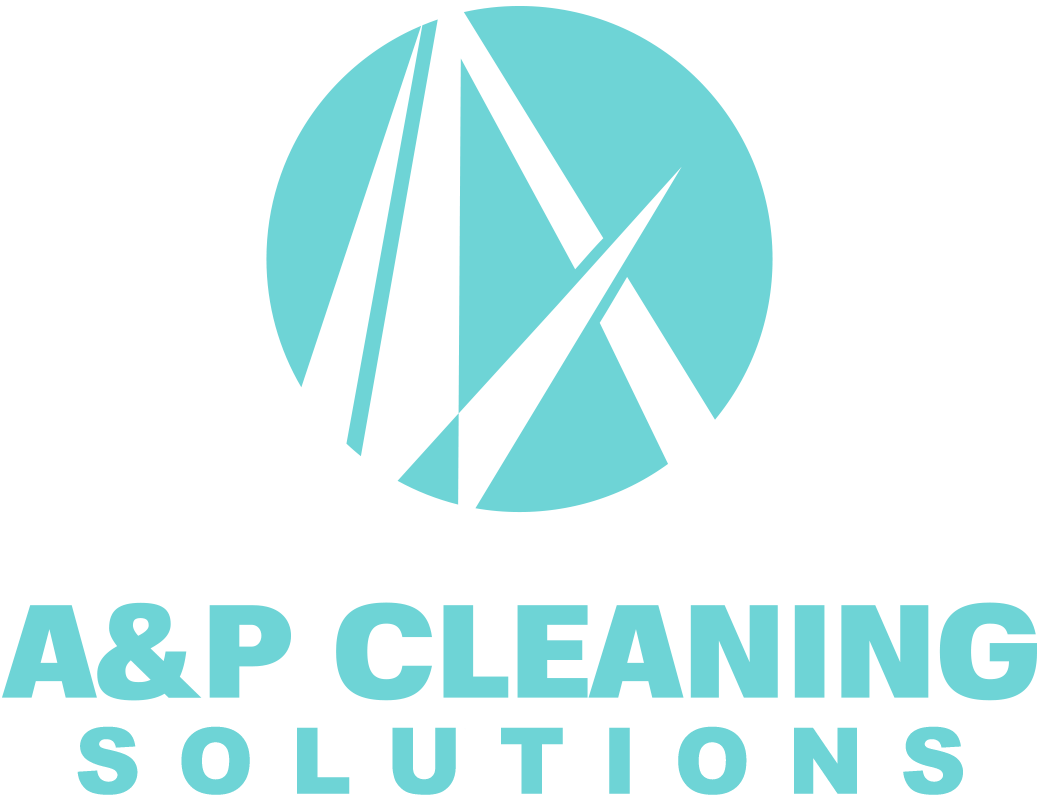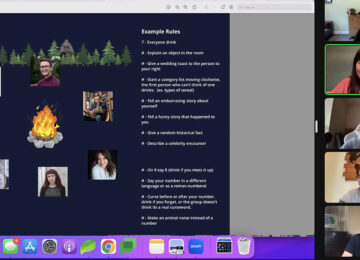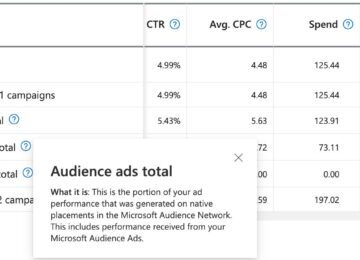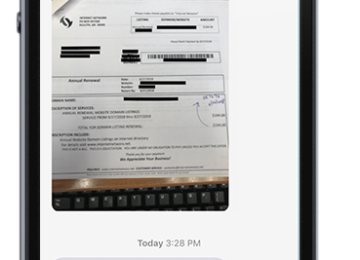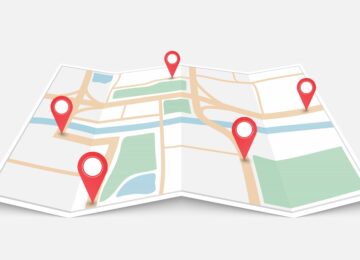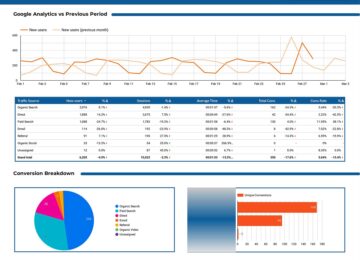
Are You Tired of Paying for Bad Leads?
It’s the bread and butter of your business – a solid, high-quality lead. In fact, nothing can signal an issue with your website or marketing better than if you are consistently receiving poor-quality leads. Everyone hates to see your conversion counts filled with spam or leads you just can’t service. Many of our customers focus on niches that don’t work with residential customers, or get requests from users who are not qualified. Almost all of our clients have types of leads that are far more valuable than others. So why do we continue to track each lead as a value of 1 in our reports?
Increased Importance with Google Auto Bidding
Google Ads has been aggressively pushing automatic bid strategies that work on a cost per lead (target CPA). As we move more Google Ads accounts into this new method, having an accurate value and count of your leads is more important than ever.
Unless you have spent a lot of time setting up conversion events, analyzing Google data, or having detailed meetings with your marketing team – knowing how to value a lead can seem difficult. The good news is that setting a value for your leads is actually pretty simple – it’s increasing the quality of your leads that may be difficult.
How to Value a Lead
Below are some best practices for valuing your leads. The best part is that once you know how to value them, you will be more educated about where to funnel your marketing resources and budget to increase the quality of the leads as well.
Ask the Right Questions in Your Intake Form
This is not a new technique and something that we have been doing for some clients for years. But recently it has come to our attention that this method is under-utilized in our clients and across the lead generation industry. A few simple fields in your contact form can tell you a lot more about the value of the lead.
- Applications – (what/where are you using this service).
- Volume/Value – (roughly how much of our product/service do you need).
- Type of Contact – (sign up for a whitepaper vs schedule a consultation).
Using some combination of these fields can allow you to establish different types of conversions and value them differently.
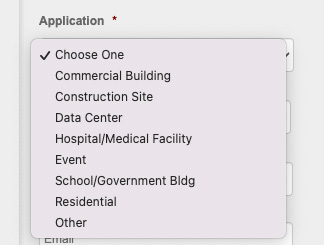
You can also use a specialized plugin that gives you more detailed attribution information right in your inbox – without potential customers having to fill out any extra information.
Basic Examples of Lead Valuing
In order to make good decisions about how to acquire the right leads, it is important to understand some ways in which you can value your leads.
- Remove Non-Relevant Leads. For example, asking “residential” vs. “commercial” and not tracking residential requests.
- Add Dollar Values.
- Place a dollar value based on quantity. For example, “how many square feet need this type of flooring?”
- Place a dollar value on warm leads like email sign-ups, or hot leads like a quote request. For example, each newsletter sign-up is worth $25 and each quote request is worth $150. Remember to use the tools that are available. Many of the standard Google Analytics reports you probably already review on a weekly or monthly basis have a built-in “goal value” that quickly integrates your new system.
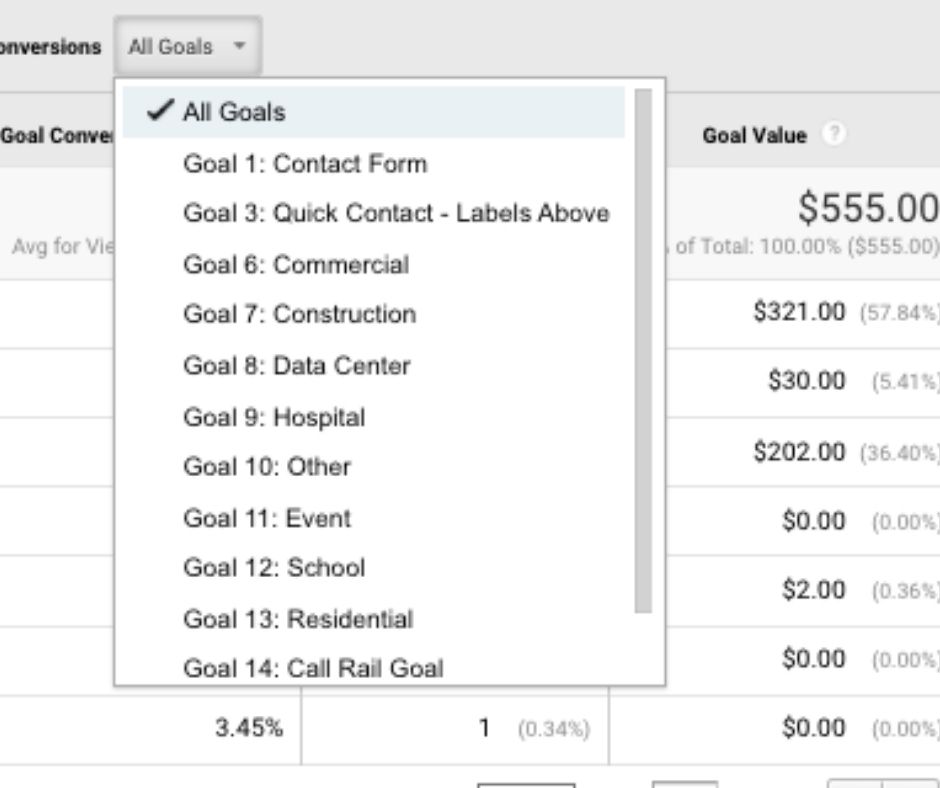
Tips for Getting Started on Valuing Leads
It’s a tough question to answer: “How much is your average lead worth?” A lead can be worthless or a million-dollar new client. It’s important not to let this prevent you from making your best guess. A fairly inaccurate estimate is still better than nothing. If you are struggling to nail down a value, here are some suggestions.
- Make a list of your last 10 leads, and figure out how many of those turned into customers.
- Multiply that customer count by the average value of each customer in their lifetime with your company.
- Divide that value by 10 and use this as your “cost per lead” threshold.
Here is a quick example. Joe Hammersalot received 10 leads in February for his roofing business. Out of those 10 leads, 4 of them turned into real customers. The average value of each customer in the lifetime with Joe Hammersalot’s roofing business is $15,000, with an average profit of $3,000. $3,000 x 4 leads is $12,000. Take $12,000/10 leads. $1,200 is Joe Hammersalot’s cost per lead threshold. This means that Joe can afford to spend, at most, $1,200 on each potential customer – anything more would be unprofitable. A cost per lead of around $200 would still allow for Joe to make a good margin. If he paid $2,000 for 10 leads, which turned into 4 jobs yielding $12,000 the company would come away with $10,000.
Talk to us about how you can start valuing your leads and stop paying for what you don’t want!

